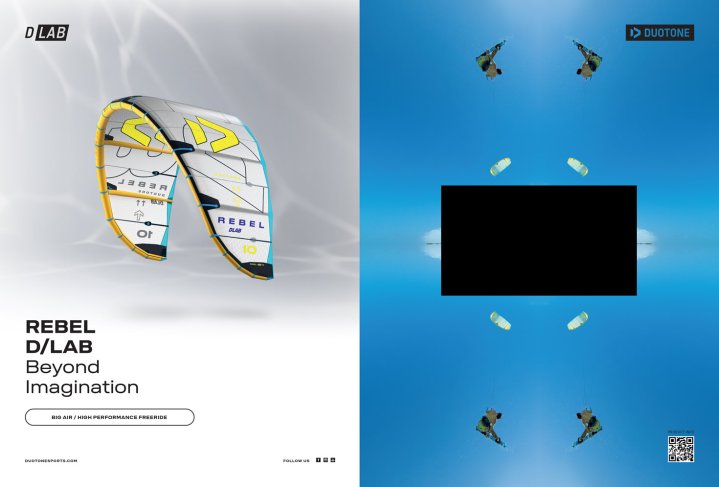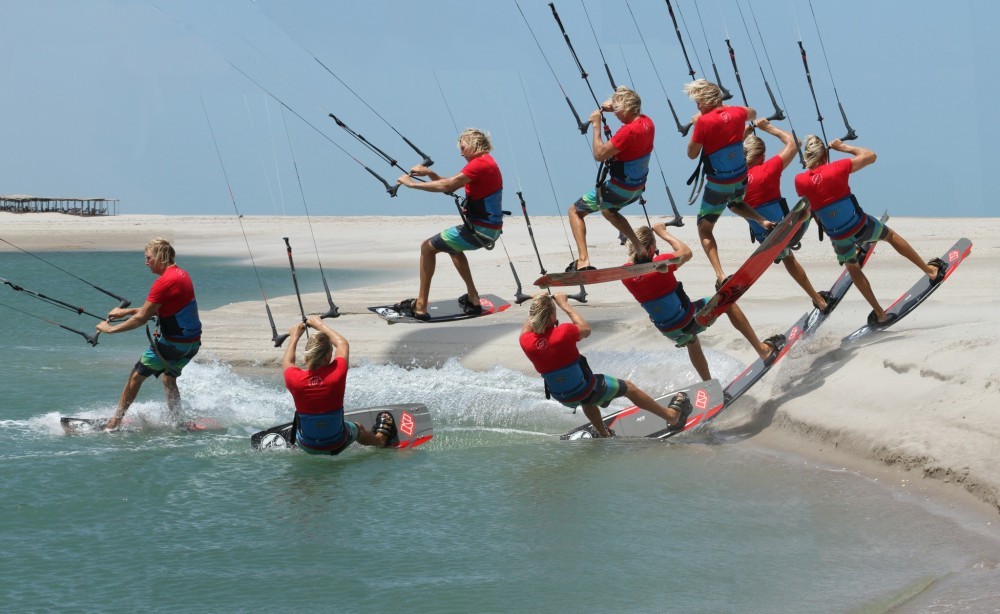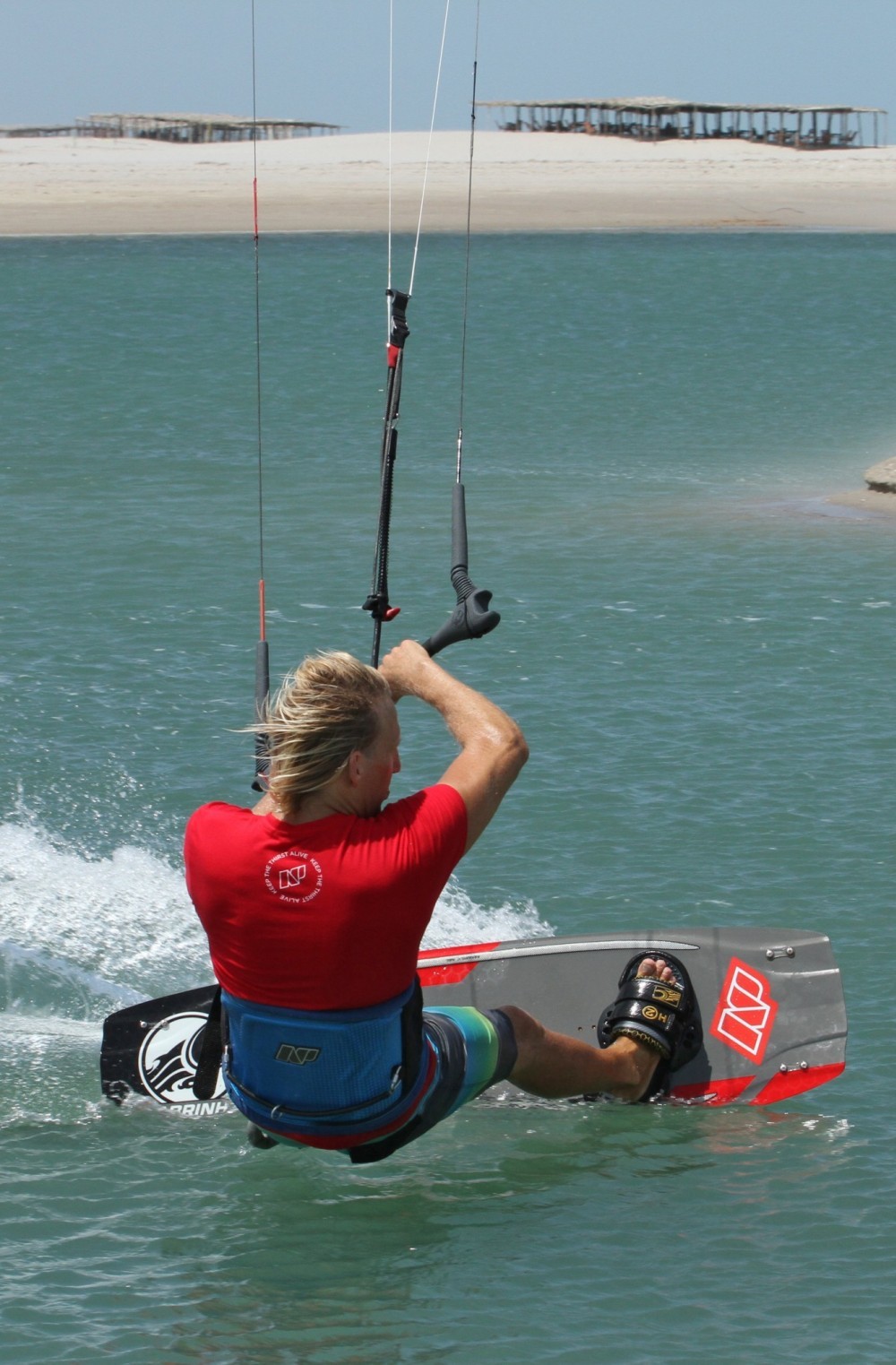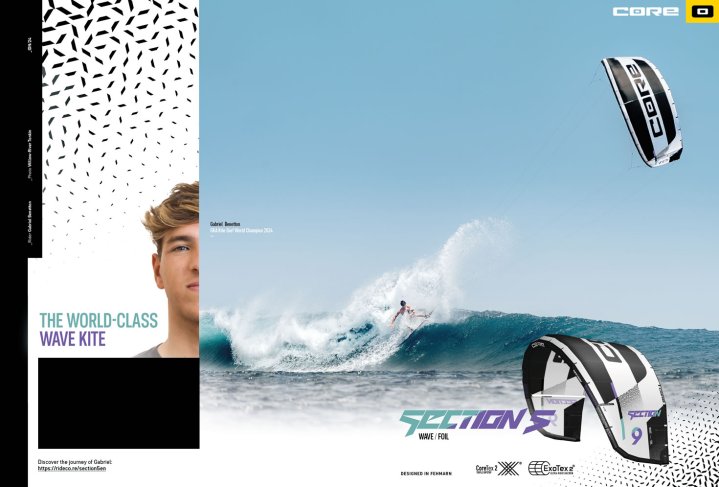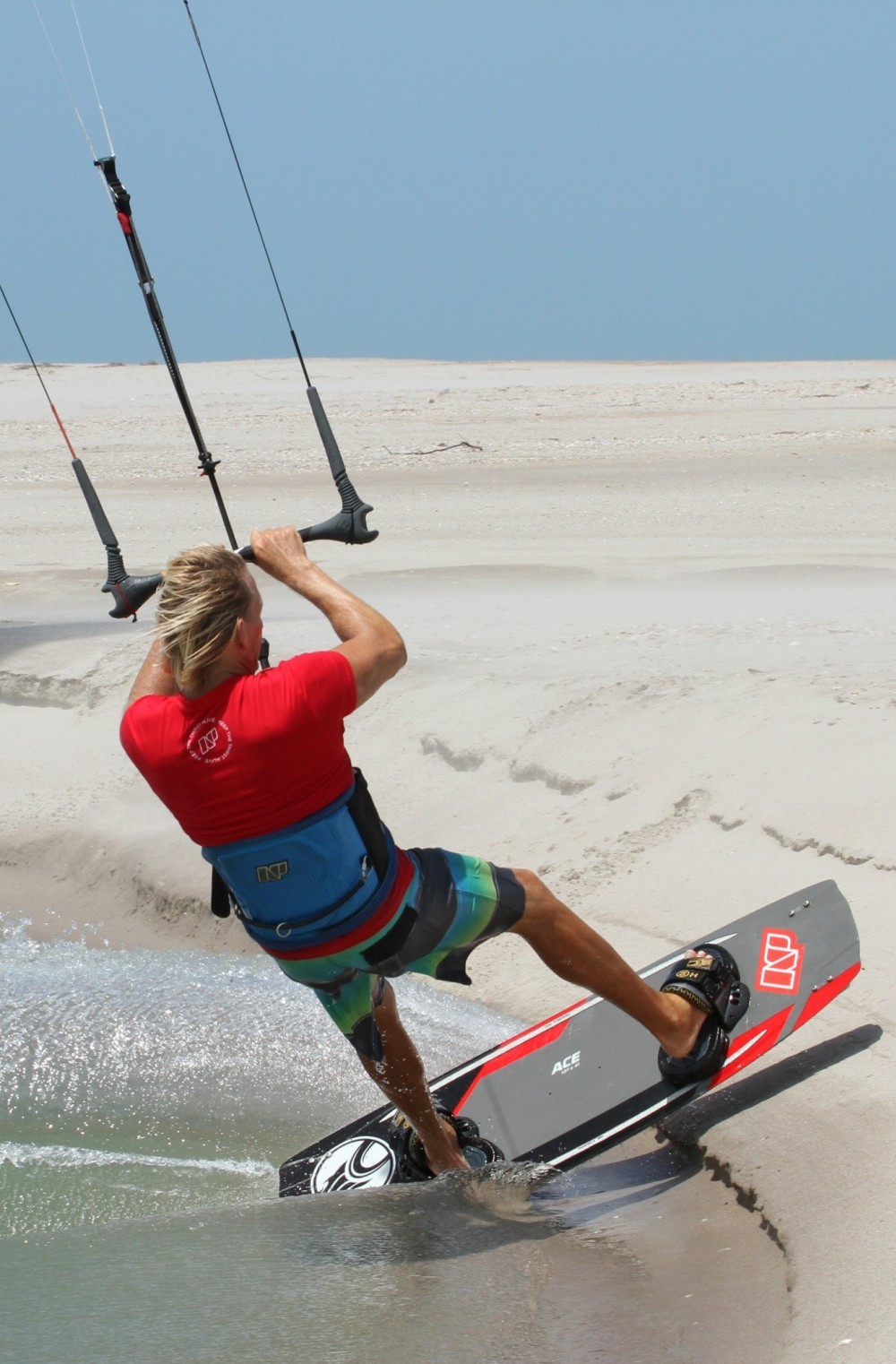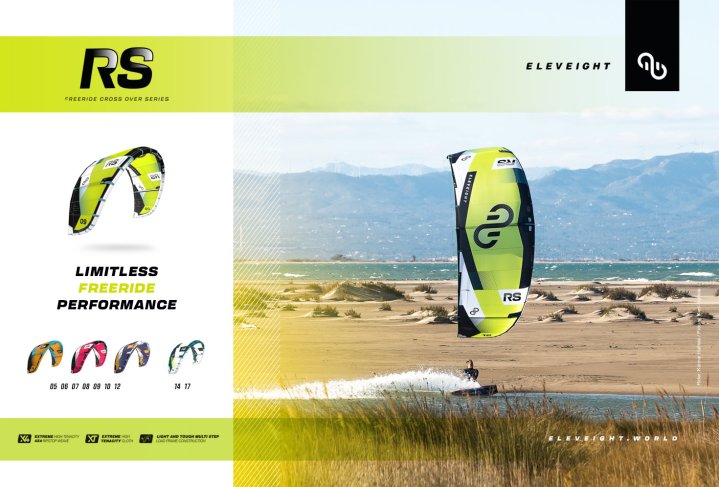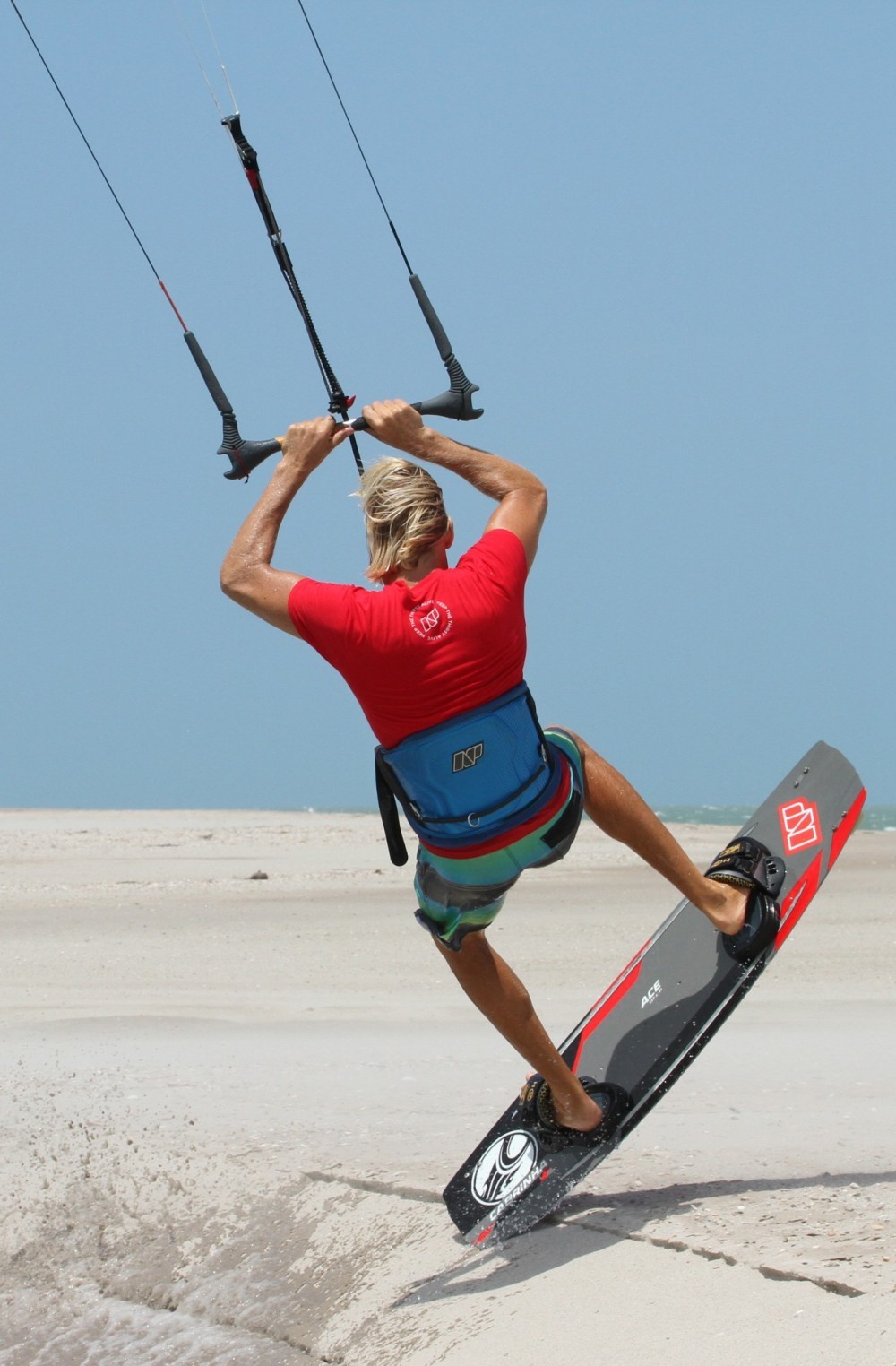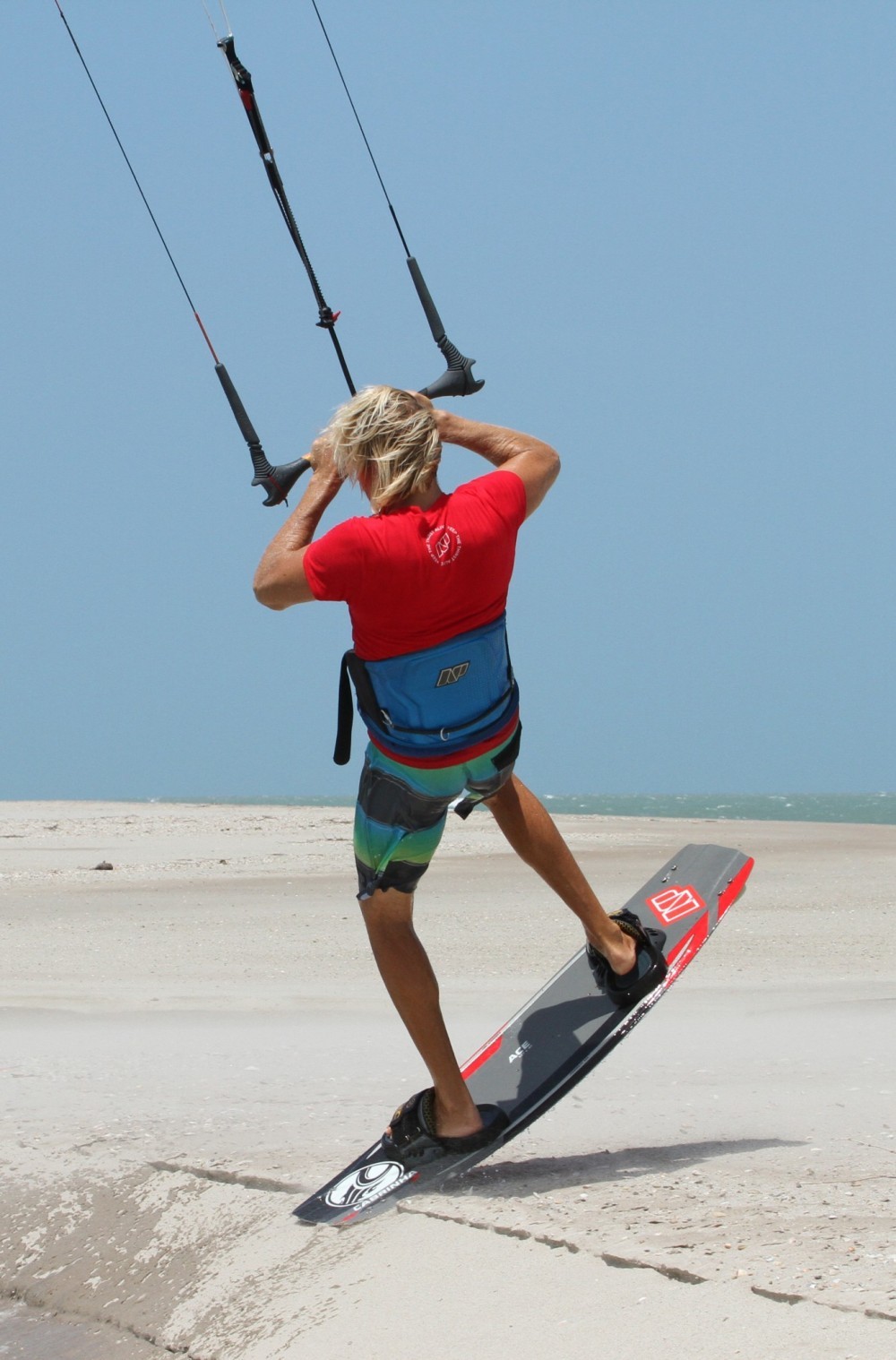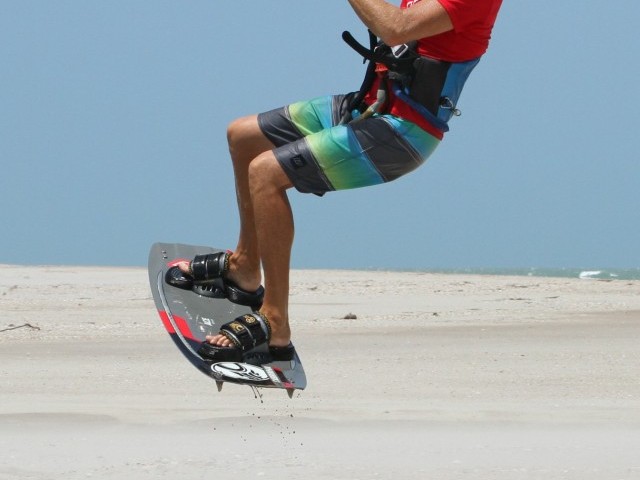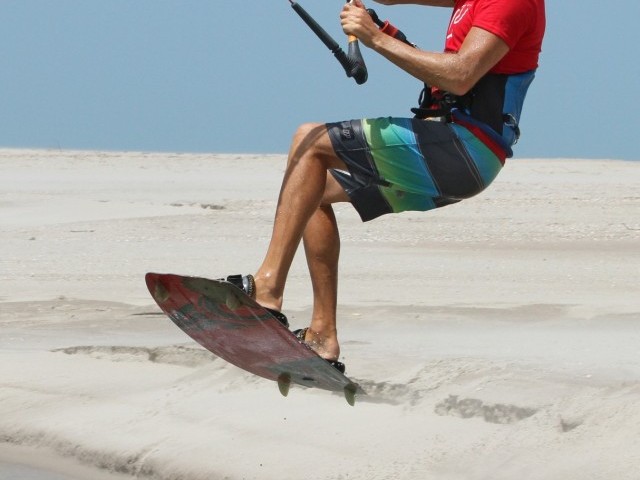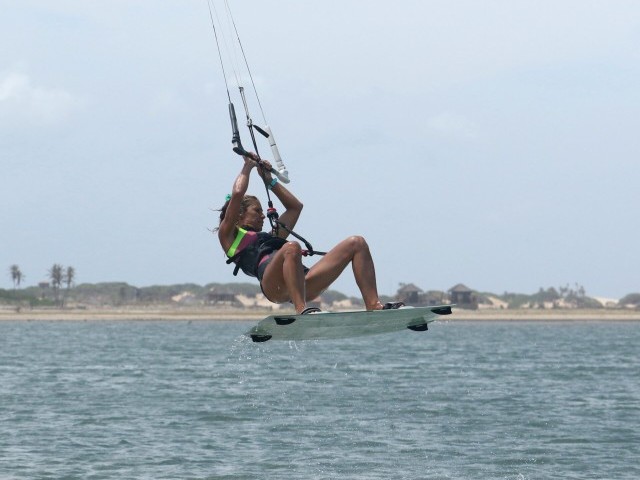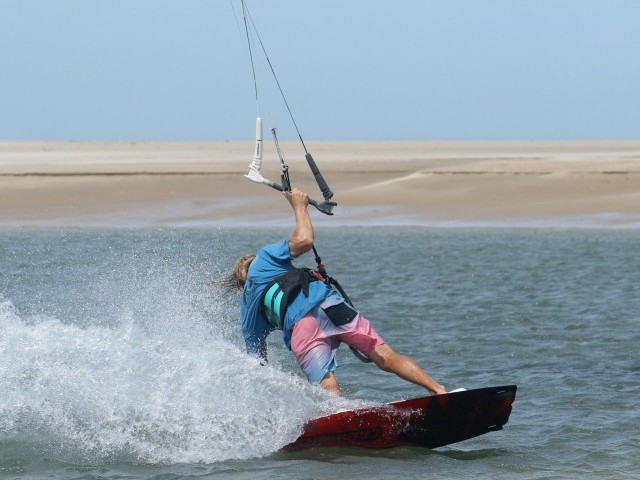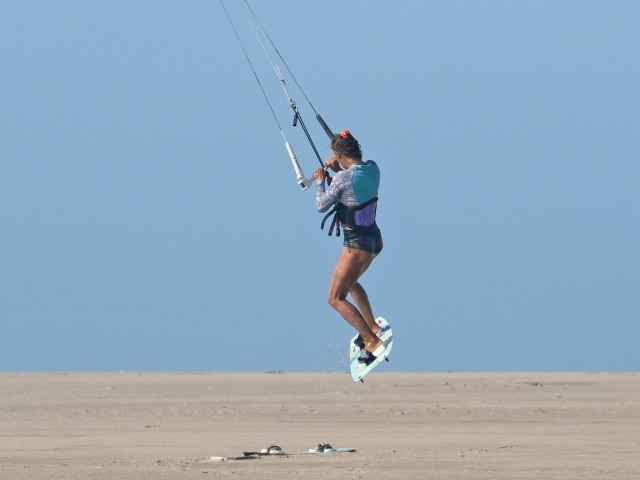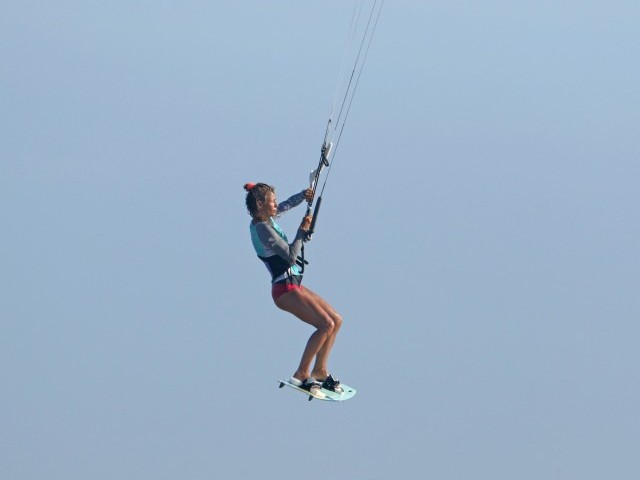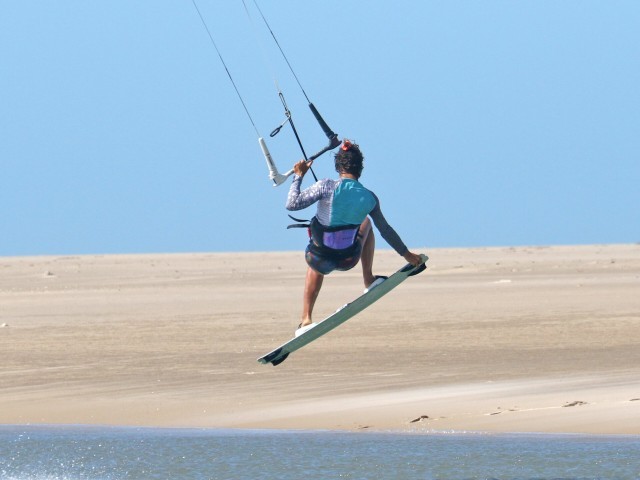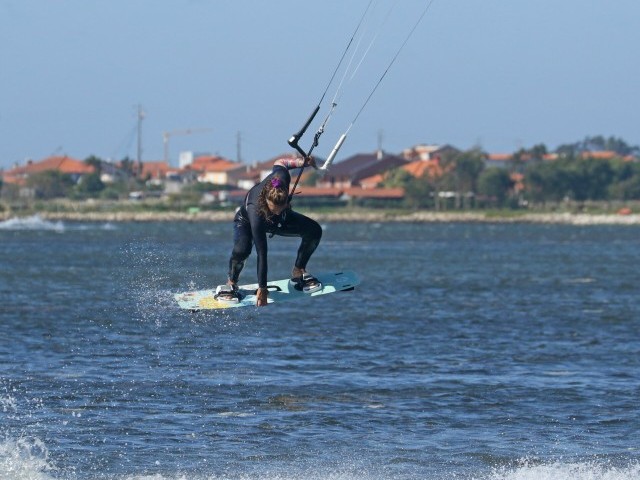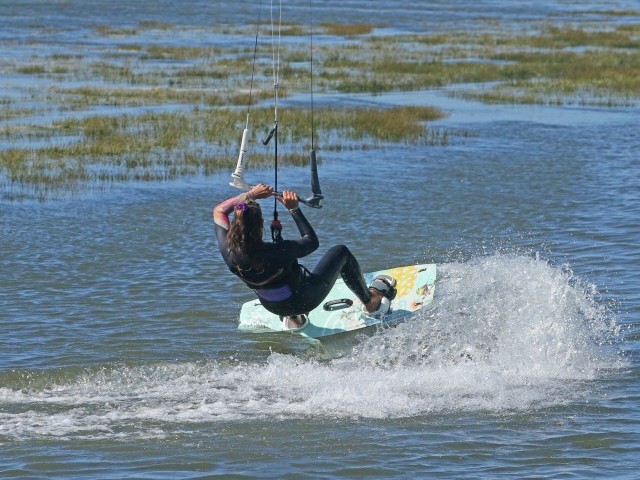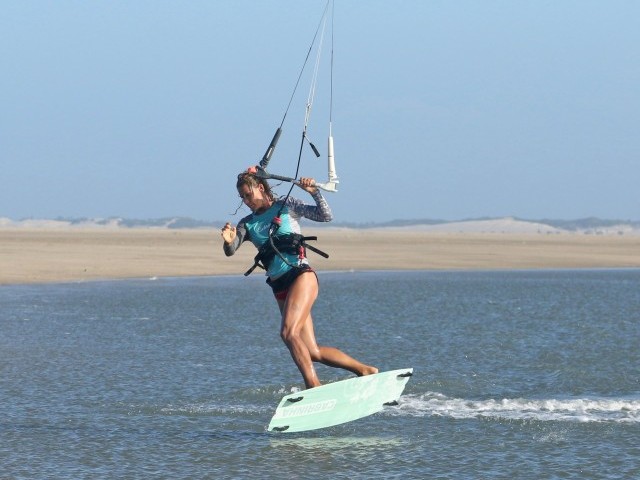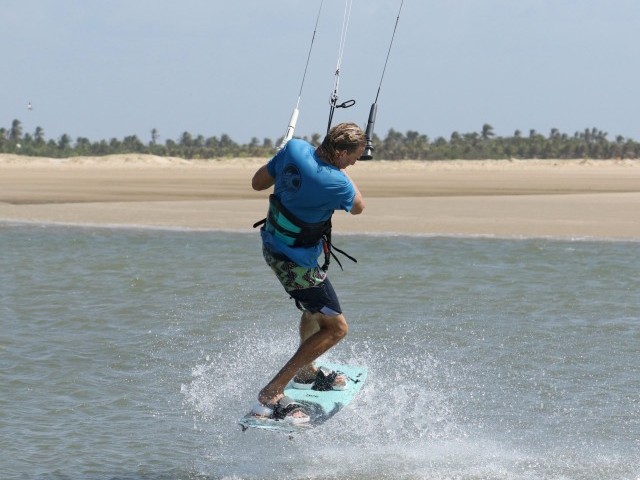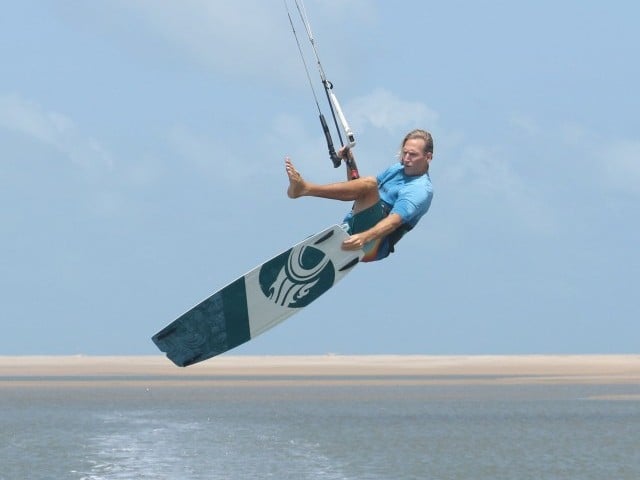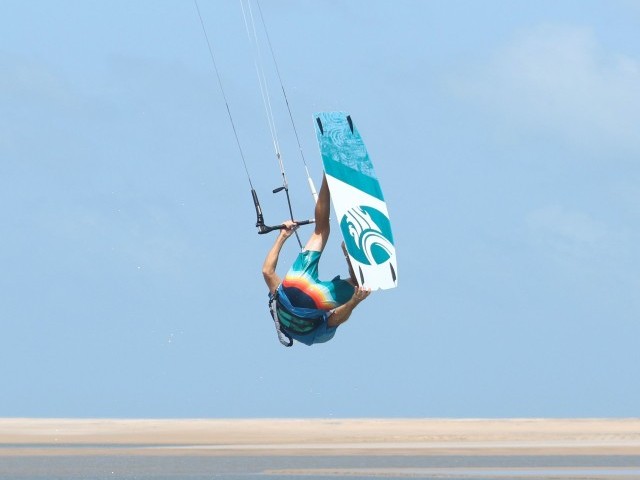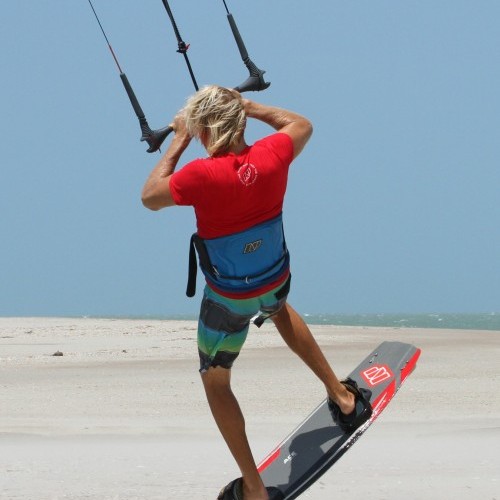
Beach Bounce Transition
Technique / Intermediate
Introduction
You’ve all probably seen someone do this, whether onto and off the beach, or some solid looking object, and thought that it’d be a fun one to add to your list, with the minor exception of potentially looking a bit of a plonker whilst mastering it. In all fairness, this is no more or less showy than any other trick in the book, it’s what you make it, and it’s how you enjoy it that counts - did you land your first jumps? Most likely not, so get involved and enjoy the process of nailing it down.
In its basic form the beach bounce is an air gybe, a jump transition, so there’s your starting point - if you have them nailed then it’s all systems go. Before we extract the key moments, let us identify the foundations of a good air gybe. First and foremost, if we’d like to change direction we don’t want too much forward momentum. Secondly when we’re in the air and chilling we need the kite above us at 12 o’clock so that it floats up and is ready when we need it. And finally, we’ll need a good old-fashioned yet hefty dive to pull us back the other way for a crisp landing. Oh yes, and having some power and the sweet spot trimmed slightly away from us will certainly make this less of a hardship. The “only” difference is that you’ll be stopping on your board, and then lifting off again to go the other way, rather than the more usual floating under the kite caper.
And one final thought before we proceed - wind direction. Ideally you should try this in cross or cross-offshore conditions, otherwise phase 2 could be highly unachievable!!!
The Approach
Having chosen your lump of soft sand (we’re not recommending anything solid as it’s unlikely to do you or your precious board any good) you’ll need to approach as for an air gybe. To get a feel for distance it will be better to start further away and not quite make it, in preference to screaming in, over-shooting and sticking your fins into someone’s highly pimped and polished surf wagon. You don’t need a raised bank as in the pics, but bear in mind that if you’re floating onto something “sea level” you’ll need less height and less speed. In this example Christian sends his kite about 2 meters from the sand bar.
You can see in the pic that Christian has still given the kite a good stab back, that is to say a sharp, but short send, this should then give him height without the kite going too far behind him on take off. Christian is also edging hard to lose speed with his front leg straight and his back leg bent, but locked.
Take Off
The take off is ‘a la air gybe’, that is to say that you will help the kite by kicking up off your edge with your back leg, rather than waiting for the kite to lift you. This will help with keeping the kite above you and not sending it too far back. Christian is kicking off his back leg and leveling the bar off just before he hits the sand bar. His aim is for an elevator type lift, all up and no downwind. As soon as he kicks off and levels the bar, Christian pulls the bar in for some cheeky extra lift. Notice how he is taking off his edge. If you bend your knees, ready to jump up, you’ll flatten the board, lose your edge and head off downwind, making the rest of the move doubly difficult. Your last consideration whilst getting airborne is to lean back slightly and keep the front foot up.
The Plant
You’re aiming to land on the tail of your board, not the nose, not the edge and definitely not the whole thing. From the tail you can bounce back, any other part of the board will either dig in, or stick to the sand! You can clearly see that Christian has his front knee raised, is still leaning back and is pushing his back leg and the tail of the board down onto the sand. To help with this planting action Christian has also pushed the bar away so that his weight drops onto the tail and he’s looking down so he can aim the board. Ideally you’ll be landing with your kite just behind 12 o’clock, so waterside.
The Bounce
During the learning process you should aim to bounce off as soon as you land. Once you have the move mastered you can stall the plant all you want, but for now get a move on before gravity or a loss of balance undermines your effort. As the name suggests, you will bounce the board to help lift you off the beach, this is another reason why you must land on the tail, as thus you can use the board’s flex to your advantage. Your other goal is to get the kite to pull you up and away from the beach. Looking at Christian in the pic, he is pulling in on the bar, and steering the kite away from the beach, and he’s pushing down and against the board with his feet, you can see it’s flexing, which will hopefully spring him up, away and back into the water.
Lift
You don’t want to rush from the bounce. In order to get away from the beach and get some height you should use the lift from both the board and the kite before you concern yourself with the matter of getting away from terra firma and landing cleanly. If you go directly into diving the kite you may well get pulled forward but with no up you could well face plant, and even more likely when you land your kite will be way over at the edge of the window, with no power on offer to ride off looking all smug. Therefore as you bounce and pull in on the bar, with the kite now slightly in front of you (where you left it before the plant), follow the kite up and away, but don’t dive it just yet. Here Christian has pulled the bar right in and lifted both knees, so that he’s in a normal chair of air, balanced position.
Dive Captain, Dive
Once you’re up, away and descending the timing is as per usual - look where you want to go, dive the kite hard and point your board down wind so that you will keep moving once you land. And, as if by coincidence, you can see in the final image that Christian is diving hard, pointing the board off the wind as he is ready to claim it.
Top Tips
We’ve already mentioned it but some spots lend themselves to this whilst others don’t. Wind direction will make or break this trick, as will what you’re landing on - so please don’t bother if it’s cross onshore and the only obstacle is a barnacle encrusted rusty groin in 5cm of water!!!
To build up to this, the least problematic method is to come in nice and slow and attempt to land on the board on the sand. If you can do this you have the correct take off and the right speed. From here you can then add the plant and grab.
This is most definitely a move that benefits from having some “power on demand”. If you’re struggling and you set your sweet spot out you’ll stall the kite and get no lift off the bounce.
Now have a good look at the sequence and videos for the real action.
Common Problems
It’s quite common to land with too much forward momentum, even if you try and scrub speed off before the move. The main reason that you’ll still have too much speed is because you are not sending the kite enough. If you only send it entry for a short time it won’t reach 12 before you kick off, so it’s still pulling you forward. Make sure you give it a sharp send so that it flies back up to 12 quickly - this’ll give you height and control whilst killing your speed.
That said, it’s very easy to land with the kite too far behind you, so that there is nothing to pull you back off the sand. This however is often for the same reason; you may be sending it longer, but not quick enough. This way the kite drifts up, pulls you off your edge and continues back behind you whilst you pendulum under it.
And finally, landing flat on the board. If you do this, the board will stick, and the chances are you’ll either stay on the beach or come out of the straps. Keeping the front leg up alone is not enough, so make sure that you lean back as you take off, so that you’re almost kicking the board away in front of you and onto the beach.
Keystones
- Slow down
- Short but sharp send
- Lean back and front knee up.
- Land on tail
- Push down to bounce off tail
This technique article was in Issue 50 of IKSURFMAG.
Related
By Christian and Karine
Christian and Karine have been working together as a coaching team, running improver to advanced kitesurfing clinics since 2003.





